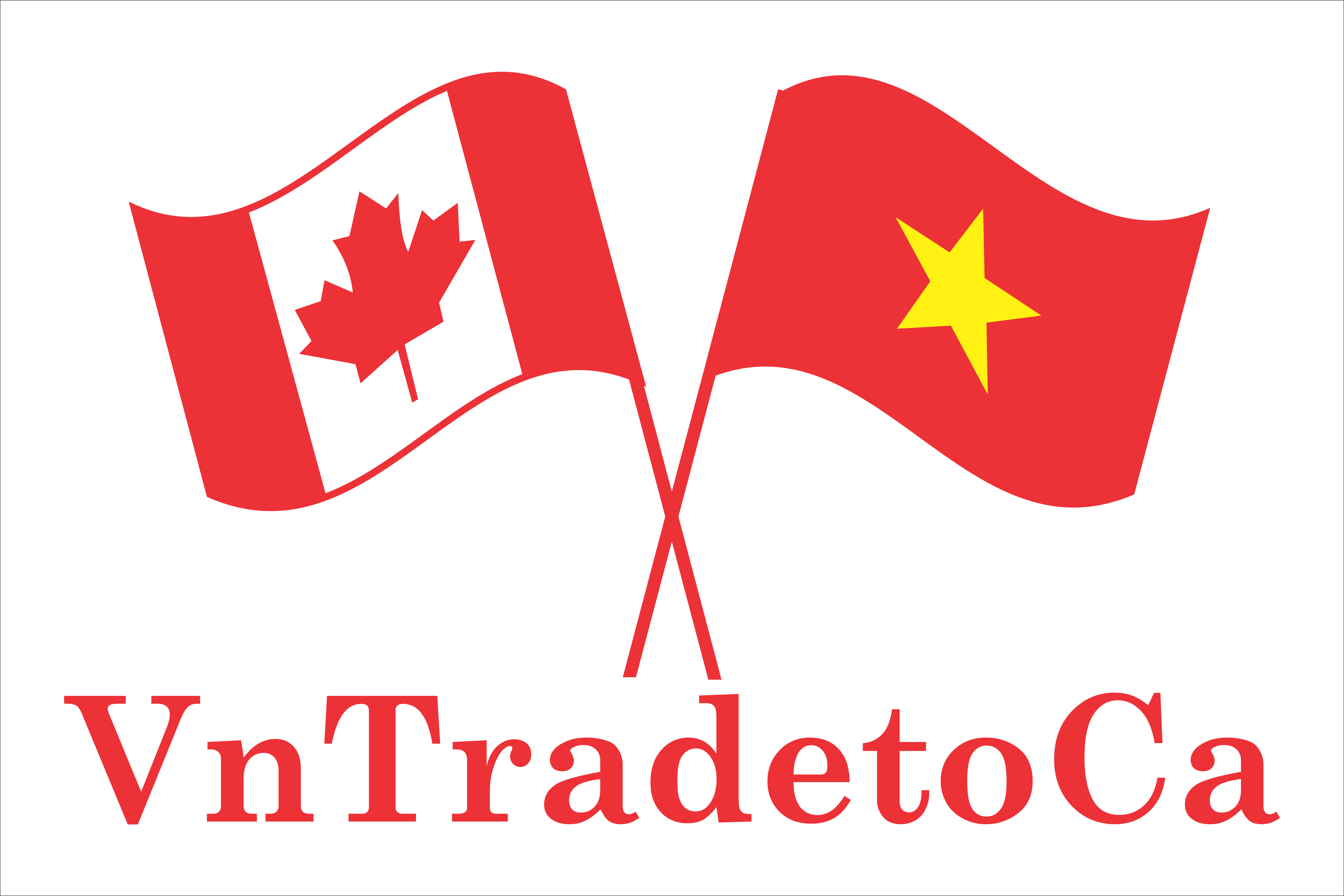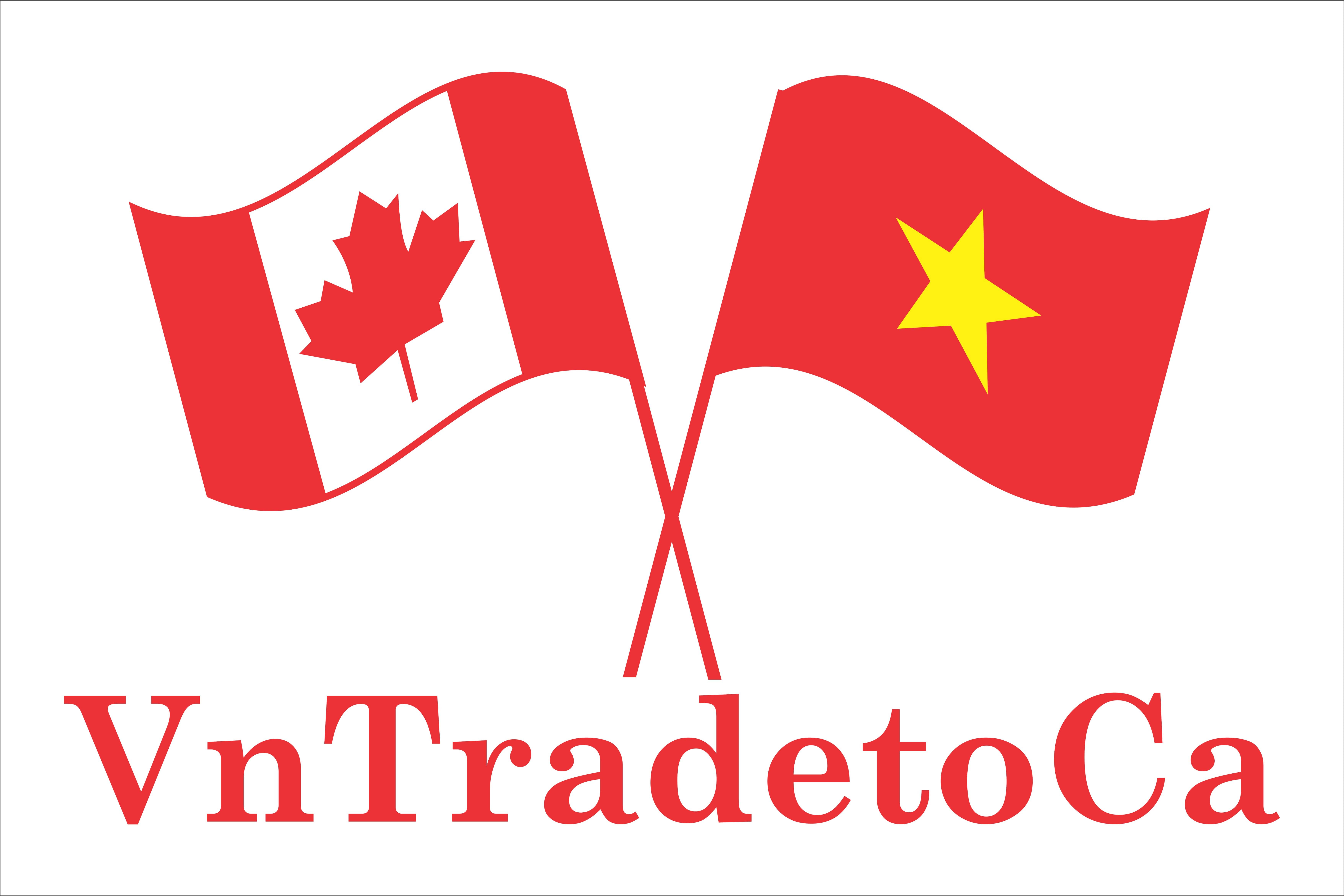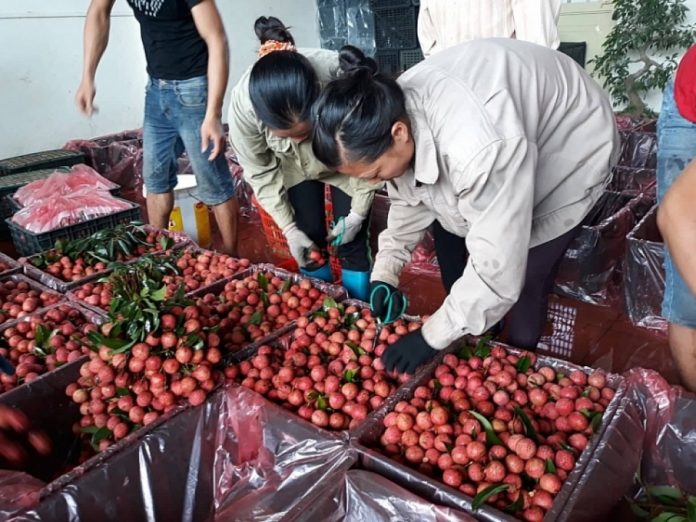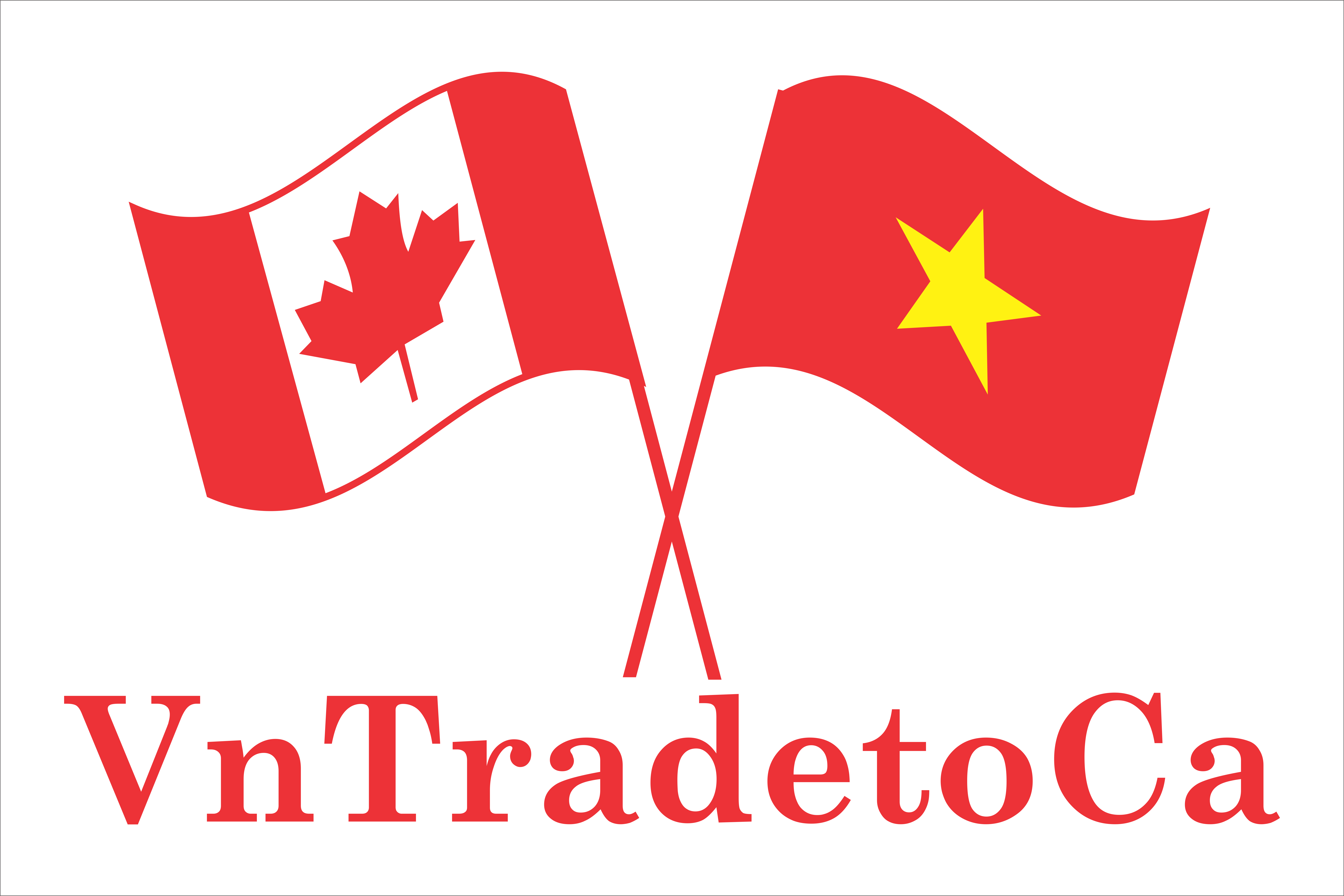30
The high cost createspressurefor business
The Ministry of Industry and Trade has just announced the Vietnam Logistics Report in 2019, in which the special feature of this year’s report compared to previous years is that the Ministry of Industry and Trade has dedicated a chapter to evaluate logistics topics for agricultural products.
The actual survey at the export enterprises of agricultural products showed thatlogistics costs accounted for the proportion of different types of agricultural products. Typically, logistics of pepper accounts for a low proportion (15%) while there is a quite high proportion forfresh fruits (60-70%).
The report bythe Ministry of Industry and Trade pointed out thatbesides transport costs, fees for specialized inspection are quite high. For example, the cost of inspection and microbiological control for coffee is about $30 per container and is about US$300 to US$350 per container for cashew nuts. In addition, it takes along time for specialized inspection – from one to two days –increasingthe costs of monitoring and storage, thereby increasing logistics costs.
“The cost of international transport for onekiloof dragon fruit to the US via air is about $3.5, excluding the cost of irradiation (from $0.5-1/kg) and domestic freight. Thus, if they were sold to US importers for about $7/kg, the cost of international transport logistics accounts for about 50% of export prices,”the Ministry of Industry and Trade said.
A remarkable point in the 2019 Logistics Report is that, even though it is a strict commodity in the process of preservation, 90% of the current export of vegetables, fruits and flowers arecarried by sea instead of air to save cost. However, even with shipping, agricultural exporters said that the cost was still high.
Besides the problem of cost, the limitations of cold chain investment are also mentioned in the report by the Ministry of Industry and Trade.
In Vietnam, this chain is still in a new stage of development. The refrigeratedlorriesaccount for very small numbers. The transport equipment for cold chain compared to other countries is unprofessional. There are many cars that do not have standard insulation, lack of internal logistics information network and supply chain.
In recent years, with the increasing demand of the market, some logistics companies have invested in cold storage infrastructure on a large scale. However, Vietnam’s cold storage market is fragmented.
The cold storage service providers have a relatively big market share such as Emergent Cold, Minh PhuGemadept, ABA, Hoang Phi Quan, Lotte, An Viet Cold Storage, PhanDuy, Satra, Meto, Alpha,Transimex can only meet a very small part of the needs of exporters of agricultural products.
Many expectations
Mr. Le ThanhHoa, Deputy Director of Agro-product Processing and Market Development Department (MARD) said: In the value chain of agricultural products, logistics is the “additive” to link each “connector”. This “additive” is in charge of packaging, refrigerating and transporting agricultural products from farmers’ fields to cooperative warehouses; from the cooperative’s warehouse to the enterprise’s warehouse and from the enterprise’s warehouse to the world “market”.
In order to assess the overall situation and logistics needs for agricultural products, the research team of Vietnam Logistics Research and Development Institute (VLI) and Ho Chi Minh City University of Transport heldinterviews with the leaders of executive boards of industry associations, such as the Fruit and Vegetable Association, Pepper Association, Cashew Association, Wood and Forest Product Association, Tea Association, etc., and recorded high expectations for the logistics system in Vietnam.
Specifically, Vietnam logistics enterprises need to pay attention to improve the service system; investing in a refrigerated vehicle system, fully equipped with logistics information technology to help the parties in the chain to control the temperature and monitor the condition of goods during the transport of the refrigerated vehicle, promptly handle all arising problems.
Many agricultural businesses believe that logistics warehouses for agricultural products are needed in locations connected directly to stations and large ports with testing centers to facilitate packaging and preliminary processing for export and product quality inspection.
In addition, logistics businesses need to connect with state agencies to support agricultural product exporters to carry out administrative procedures, especially customs clearance quickly.
For the State, the Fruit and Vegetable Association recommends increasing the number of irradiation companies, reducing logistics costs, controlling air freight and shipping costs. Association ofCashewrecommended it needs to control the ship provider because the ship fee is not transparent, many costs are discussed but not reduced.
Agricultural associations also propose that the State consider to reduce the cost of tolls, BOT fees, increase the distance of BOT stations to suit the capacity of enterprises; transparency in customs procedures and road transport so that informal costs are no longer a burden for logistics activities; strengthen post-inspection, reduce import and export fees and charges for businesses.
By Thanh Nguyen/Quynh Lan


















